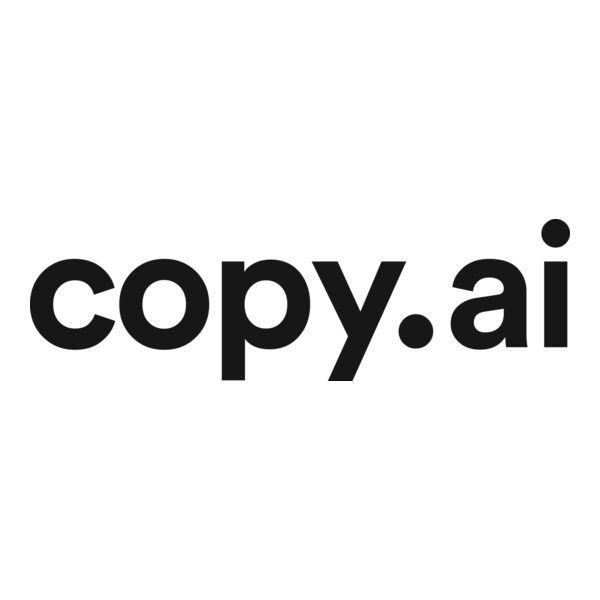
Copy.ai Translation: Complete Buyer's Guide
Generative AI solution for automating multilingual content creation
Copy.ai Translation positions itself as a generative AI solution for automating multilingual content creation, supporting over 25 languages including Chinese, Spanish, and French[45][50]. The platform targets SMBs through an unlimited-word pricing model that contrasts with per-word competitors like Lokalise[50][58].
Market Position & Maturity
Market Standing
Copy.ai Translation occupies the mid-market segment between free tools like Google Translate and premium enterprise solutions[57][58].
Company Maturity
Company maturity indicators show Copy.ai positioning itself as an SMB-focused solution with straightforward deployment requirements[58].
Growth Trajectory
Growth trajectory evidence suggests steady adoption among SMBs seeking cost-effective automation, though the platform faces competitive pressure from both enterprise solutions offering higher accuracy and free tools providing basic functionality[57][58].
Strategic Partnerships
Strategic partnerships and ecosystem positioning focus on ecommerce platform integrations, with API compatibility for major platforms like Shopify and WooCommerce[47].
Proof of Capabilities
Customer Evidence
Customer validation demonstrates measurable business impact across multiple implementation scenarios. A digital marketing agency achieved 90% automation of social translations, freeing 300+ hours monthly for strategic work[43].
Quantified Outcomes
Quantified performance outcomes include 80% reduction in manual translation time for social media captions[43] and 20 hours weekly savings for content management workflows[58].
Market Validation
Market validation comes through documented success with product descriptions and marketing copy, where speed and volume matter more than cultural nuance[58].
Competitive Wins
Competitive wins emerge in scenarios where cost control and speed outweigh maximum accuracy requirements. The platform's unlimited-word pricing model provides advantages over per-word competitors for high-volume users[50][58].
Reference Customers
Reference implementations include ecommerce businesses using the platform for product catalog translation and marketing agencies automating social media content across multiple languages[43][47].
AI Technology
Copy.ai Translation's core AI functionality centers on generative translation capabilities with claimed processing speeds of 200 words per second[45].
Architecture
The platform's architecture focuses on speed and scalability rather than maximum accuracy, positioning it as a pure AI solution suitable for organizations comfortable with post-editing workflows[58].
Primary Competitors
Primary competitors include Language I/O with 150+ language coverage for enterprises[58], Unbabel with "human-in-the-loop" hybrid models[57], and Lokalise with per-word pricing and extensive translation management features[50][58].
Competitive Advantages
Competitive advantages center on the unlimited-word pricing model and ease of implementation compared to enterprise-focused alternatives[50][58]. The platform's brand voice consistency features through "Infobase" training provide advantages over generic machine translation tools[46][50].
Market Positioning
Market positioning shows Copy.ai occupying the mid-market segment between free tools like Google Translate and premium enterprise solutions[57][58].
Win/Loss Scenarios
Win/loss scenarios favor Copy.ai for organizations prioritizing cost control and speed over maximum accuracy. Businesses comfortable with post-editing workflows and having clear use case boundaries benefit most from the platform's capabilities.
Key Features

Pros & Cons
Use Cases
Integrations
Pricing
Featured In Articles
How We Researched This Guide
About This Guide: This comprehensive analysis is based on extensive competitive intelligence and real-world implementation data from leading AI vendors. StayModern updates this guide quarterly to reflect market developments and vendor performance changes.
58+ verified sources per analysis including official documentation, customer reviews, analyst reports, and industry publications.
- • Vendor documentation & whitepapers
- • Customer testimonials & case studies
- • Third-party analyst assessments
- • Industry benchmarking reports
Standardized assessment framework across 8 key dimensions for objective comparison.
- • Technology capabilities & architecture
- • Market position & customer evidence
- • Implementation experience & support
- • Pricing value & competitive position
Research is refreshed every 90 days to capture market changes and new vendor capabilities.
- • New product releases & features
- • Market positioning changes
- • Customer feedback integration
- • Competitive landscape shifts
Every claim is source-linked with direct citations to original materials for verification.
- • Clickable citation links
- • Original source attribution
- • Date stamps for currency
- • Quality score validation
Analysis follows systematic research protocols with consistent evaluation frameworks.
- • Standardized assessment criteria
- • Multi-source verification process
- • Consistent evaluation methodology
- • Quality assurance protocols
Buyer-focused analysis with transparent methodology and factual accuracy commitment.
- • Objective comparative analysis
- • Transparent research methodology
- • Factual accuracy commitment
- • Continuous quality improvement
Quality Commitment: If you find any inaccuracies in our analysis on this page, please contact us at research@staymodern.ai. We're committed to maintaining the highest standards of research integrity and will investigate and correct any issues promptly.